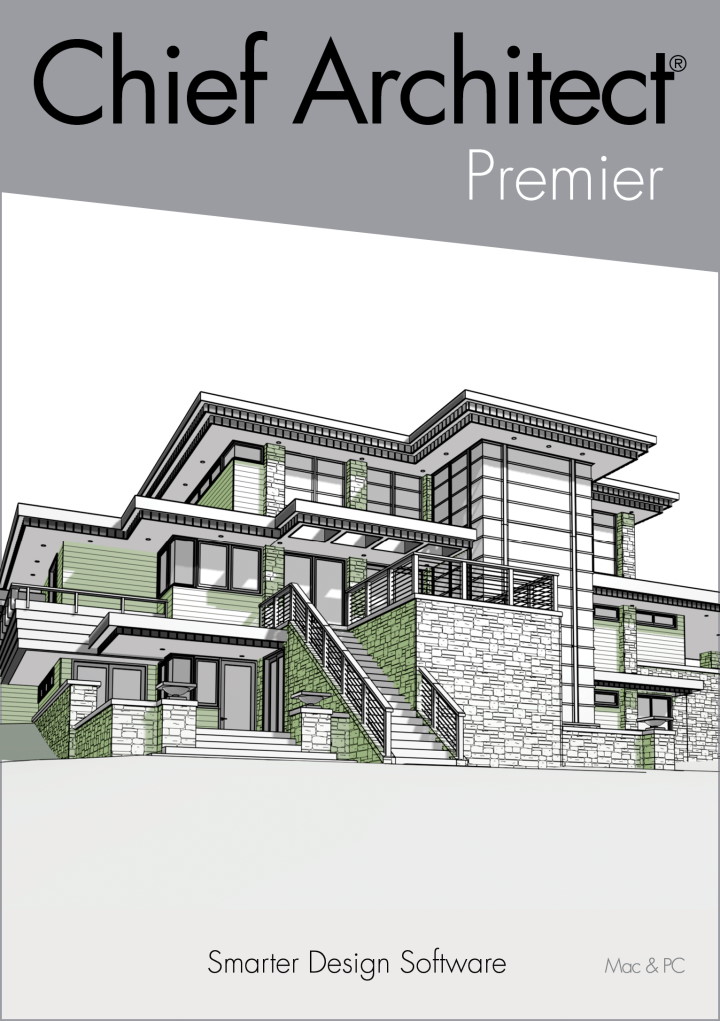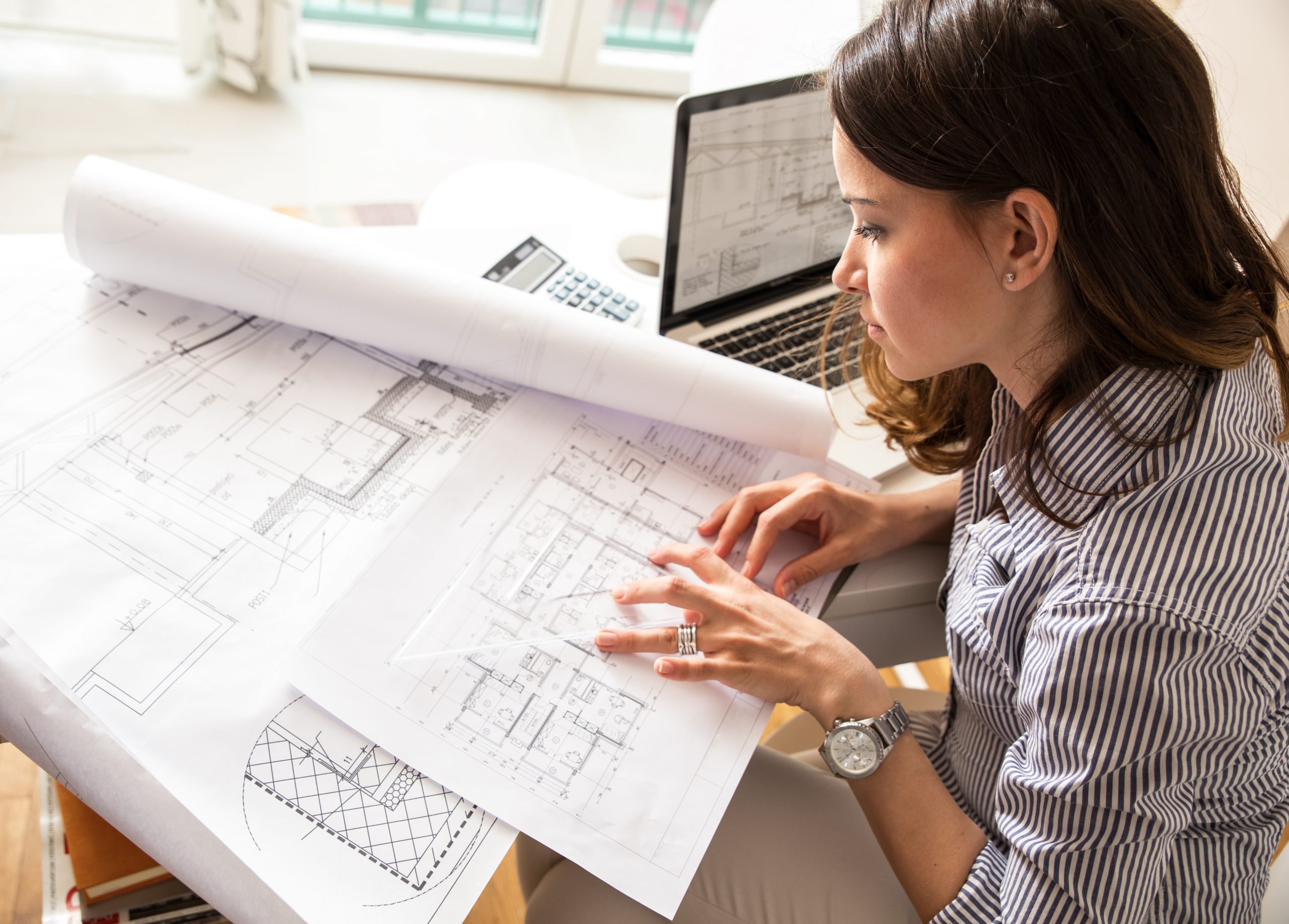The Function of Sustainability and Modern Technology in Modern Architect Practices
Sustainability and modern technology are reshaping modern-day architecture in methods you might not anticipate. By embracing green materials and wise innovations, designers are not simply producing structures; they're crafting environments that improve our quality of life.
The Significance of Lasting Design
Lasting style is necessary not just for the atmosphere yet likewise for boosting our lifestyle. You're not simply reducing your carbon footprint; you're producing spaces that promote health and wellness and health when you embrace lasting design. Envision residing in a home that harnesses all-natural light, boosts air quality, and minimizes energy expenses. You'll really feel much more comfy and linked to nature.
Furthermore, lasting architecture typically brings about stronger neighborhoods. When structures are created with eco-friendly practices, they can influence others to do the same, cultivating a society of sustainability. You'll see increased property worths and a better feeling of pride in your environments.
Last but not least, by prioritizing sustainability, you're purchasing the future. You're ensuring that future generations take pleasure in a much healthier earth and vivid neighborhoods. So, when you consider your next project, assume regarding exactly how lasting style can raise your life and those around you.
Innovative Products Transforming Structure Practices
As you check out innovative products in design, you'll find that biodegradable construction products are reshaping how we think of sustainability. Recycled material advancements are giving new life to waste, while smart product modern technologies boost developing effectiveness. These improvements not only advertise eco-friendliness yet also push the boundaries of design.
Biodegradable Building Materials
While conventional building and construction products usually add to ecological deterioration, naturally degradable building materials are emerging as a viable alternative that changes structure methods. By incorporating biodegradable alternatives right into your styles, you're not just improving aesthetic appeal; you're additionally making a favorable effect on the planet. As you adapt to these cutting-edge products, you'll discover that they provide sturdiness and adaptability, enabling you to create frameworks that line up with modern worths of sustainability and obligation.
Recycled Material Developments
In recent years, cutting-edge products with high recycled content have actually transformed building techniques, providing architects interesting new alternatives - Architect. You can now incorporate products like recycled steel, which not only minimizes waste however also flaunts excellent stamina. Recycled glass is another superb option, offering visual charm while minimizing ecological effect

Smart Product Technologies
Smart product technologies are improving the means you consider building methods, supplying dynamic services that adjust to transforming conditions. These ingenious products, such as self-healing concrete and thermochromic glass, boost building performance and sustainability. Envision frameworks that can get used to temperature modifications or fix themselves when harmed-- these advancements are no more simply principles. By integrating wise products, you can develop energy-efficient layouts that react to their environment, decreasing total power consumption. The ability to keep an eye on and adjust in real-time streamlines upkeep and prolongs the lifespan of buildings. As you welcome these technologies, you're not just innovating; you're contributing to a much more lasting future in architecture, merging functionality with environmental responsibility.
The Assimilation of Smart Technologies in Design
As innovation progresses, incorporating clever remedies right into architectural design comes to be essential for developing effective and sustainable spaces. You can include wise technologies like building monitoring systems, which maximize energy use and boost owner convenience. Sensors can monitor ecological problems, adjusting lights and temperature automatically based upon real-time data. This flexibility not only boosts individual experience but additionally decreases power consumption.
Incorporating Web of Points (IoT) devices allows for smooth interaction amongst various structure systems, enabling you to make data-driven decisions that improve capability. Smart materials that respond to ecological adjustments can further enhance your style, giving vibrant services to ever-changing conditions.
Power Performance and Renewable Energy Solutions
While numerous designers concentrate on aesthetics, prioritizing energy performance and helpful site eco-friendly power solutions is vital for lasting style. You can begin by including passive solar design, which optimizes natural light and warm, minimizing dependence on artificial lighting and heating systems. Make use of high-performance insulation and energy-efficient windows to lessen power loss.
Do not neglect concerning renewable resource systems-- set up photovoltaic panels or wind generators to create tidy energy on-site. You can also think about integrating geothermal home heating and cooling down systems for a more lasting temperature level law.
By selecting energy-efficient appliances and illumination, you'll not only minimize energy usage yet additionally see here lower operational prices for building owners.
Including these concepts into your designs not just profits the atmosphere however likewise enhances the structure's allure and value. Ultimately, your commitment to energy performance and renewable resource will certainly set your projects apart in an open market.
Water Preservation Methods in Modern Architecture
Including water preservation techniques into modern architecture is crucial for creating lasting buildings that reduce ecological effect. You can achieve this by incorporating rainwater harvesting systems, which keep and collect rainfall for irrigation and non-potable usages. Carrying out low-flow fixtures and clever irrigation systems additionally minimizes water consumption, making certain effective usage throughout the building.
Consider utilizing drought-resistant landscaping, which calls for less water and advertises biodiversity. Incorporating absorptive paving materials enables rainwater to penetrate the ground, decreasing drainage and recharging groundwater materials.
Additionally, setting up greywater recycling systems can repurpose water from sinks and showers for commode flushing or irrigation, additional saving sources.
The Impact of Biophilic Design on Wellness
Biophilic layout brings nature inside, and you'll notice its positive results on your health and happiness. By boosting indoor air high quality and attaching you with natural environments, these spaces can change your daily experience. Let's discover just how integrating these functions can boost your overall health.
Nature's Influence on Health
Exactly how does our environment shape our well-being? When you integrate elements of nature into your environments, it can substantially enhance your mental and physical health and wellness. Biophilic style, which highlights natural light, plants, and organic materials, fosters a feeling of link to the outdoors. This link can lower stress and anxiety, increase state of mind, and enhance cognitive function. You may find that spaces full of greenery motivate imagination and productivity, making your daily jobs feel much more pleasurable. go to these guys Additionally, natural components can assist you feel extra loosened up and focused, promoting total wellness. By prioritizing nature in your setting, you're not simply beautifying your room; you're likewise nurturing your wellness and happiness. Embracing biophilic layout is a step towards a much healthier lifestyle.
Enhancing Indoor Air Top Quality
While several individuals focus on visual appeals and performance in layout, boosting interior air top quality plays a crucial duty in your overall well-being. By incorporating biophilic design elements, you can improve air quality naturally. Focusing on these aspects in your layout will certainly not just boost your area yet likewise advertise a feeling of calmness and well-being.
Connection With All-natural Components
When you attach with natural aspects in your room, you not only improve its visual appeal however additionally significantly improve your well-being. Biophilic style urges you to incorporate functions like plants, all-natural light, and natural materials. These aspects develop a relaxing atmosphere, minimizing stress and anxiety and anxiety.
Future Patterns in Lasting Building Practices
As the world deals with pushing ecological challenges, architects are progressively welcoming cutting-edge approaches to sustainability that redefine how we style and build. You'll see a surge in biophilic design, integrating nature into metropolitan areas to improve wellness and minimize power intake. Smart technologies, like AI and IoT, are improving energy administration in buildings, enhancing source usage, and decreasing waste.
Moreover, modular construction is acquiring traction, allowing for faster, much more efficient building processes while decreasing environmental effect. Using sustainable materials, such as recovered wood and recycled metals, is ending up being typical practice. As you explore these trends, anticipate a change towards round layout, stressing the lifecycle of products and promoting reuse and recycling.
These forward-thinking strategies not just address eco-friendly worries however also create much healthier, a lot more durable communities. By remaining educated regarding these trends, you can help form a lasting future in architecture.
Regularly Asked Inquiries
Exactly How Can Sustainability Affect Project Budget Plans and costs?
Sustainability can substantially influence job costs and spending plans. You may find that preliminary investments in environmentally friendly products or modern technologies cause lasting financial savings through power efficiency, lowered waste, and prospective federal government rewards, inevitably balancing the total costs.
What Qualifications Exist for Sustainable Style?
You'll discover numerous accreditations for lasting architecture, including LEED, BREEAM, and the Living Structure Challenge. These accreditations help you demonstrate your dedication to sustainability and can enhance your job's trustworthiness and attract clients.
Exactly How Does Neighborhood Culture Impact Lasting Design?
Regional society forms sustainable style by mirroring area worths, materials, and customs. You'll discover that incorporating neighborhood aesthetic appeals and techniques not just respects heritage however likewise boosts the functionality and acceptance of your architectural jobs.
What Duty Does Client Education Play in Sustainable Practices?
Customer education and learning's crucial for promoting sustainable practices. When you notify clients concerning advantages, costs, and environmental effects, you encourage them to make informed decisions, promoting a joint strategy that enhances the project's overall sustainability.

Exactly How Can Architects Gauge the Success of Sustainability Initiatives?
You can determine the success of sustainability initiatives by tracking energy intake, evaluating material performance, and event comments from customers. Regular audits and comparisons versus benchmarks will assist you improve your approaches and showcase improvements successfully.
By incorporating smart products, you can develop energy-efficient styles that react to their environment, decreasing total energy consumption.While lots of architects focus on aesthetics, prioritizing energy efficiency and renewable energy solutions is vital for lasting style. Biophilic style, which highlights natural light, plants, and organic materials, promotes a sense of connection to the outdoors. Biophilic design motivates you to integrate features like plants, natural light, and organic materials. As you explore these trends, expect a change towards round layout, highlighting the lifecycle of products and advertising reuse and recycling.